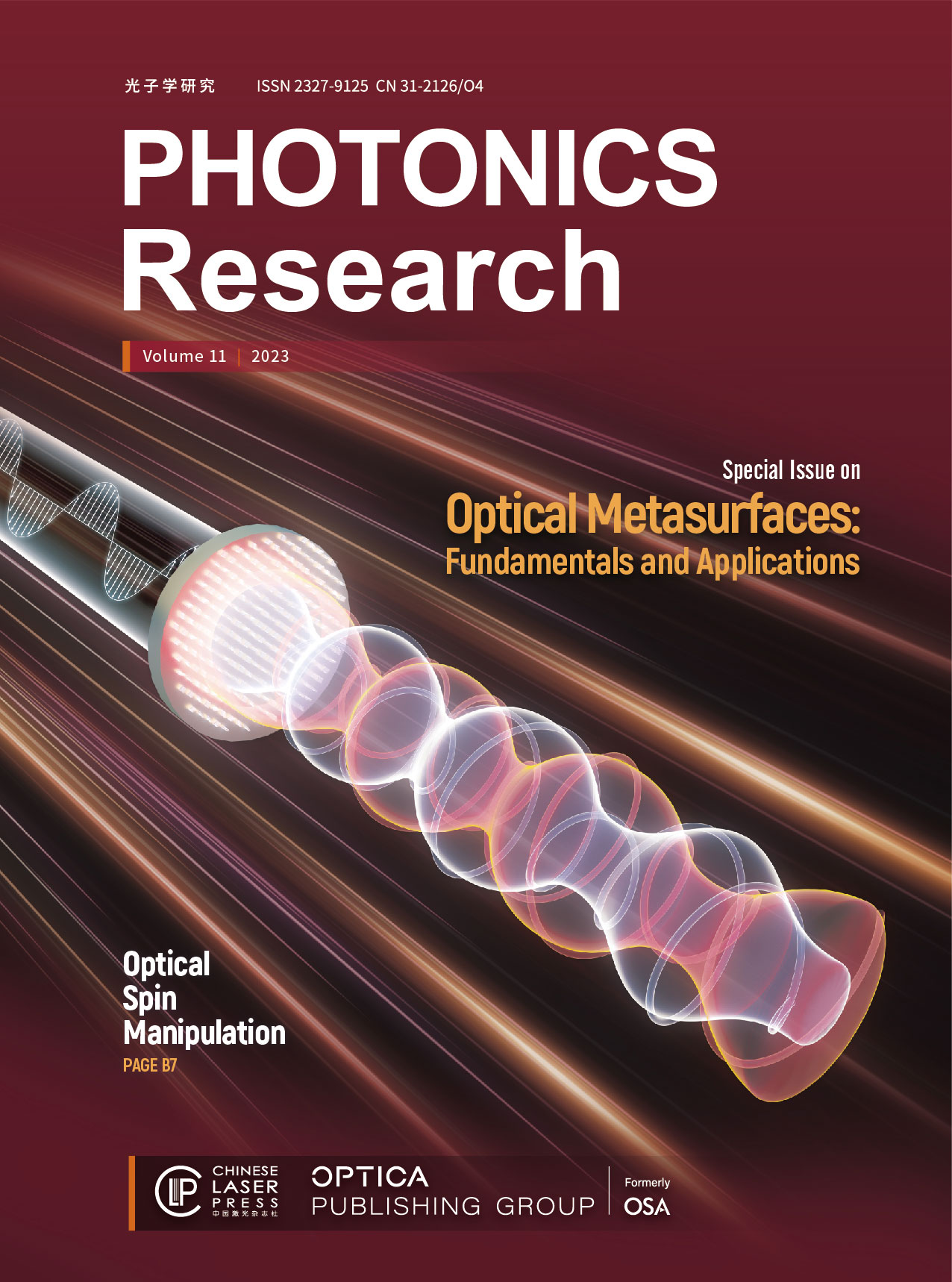用于深度学习中加速推理和训练的对称硅微栅谐振器光交叉棒阵列
IF 7.2
1区 物理与天体物理
Q1 OPTICS
引用次数: 0
摘要
利用光固有的并行特性,光子集成电路正在成为深度学习中加速矩阵乘法的一个前景广阔的平台。虽然已经提出并演示了各种实现这种光子矩阵加速器的方案,但由于在光子芯片上直接进行片上反向传播存在困难,因此使用光子加速器对人工神经网络进行原位训练仍然具有挑战性。在这项工作中,我们提出了一种具有对称结构的硅微扰谐振器(MRR)光交叉棒阵列,它可以实现简单的片上反向传播,从而有可能加速深度学习的推理和训练阶段。我们在硅-绝缘体平台上演示了 4×4 电路,并用它来执行简单神经网络的推理任务,对虹膜花进行分类,分类准确率达到 93.3%。随后,我们使用模拟片上反向传播训练神经网络,训练后在相同推理任务中的准确率达到 91.1%。此外,我们还模拟了一个用于手写数字识别的卷积神经网络,使用 9×9 MRR 交叉条阵执行卷积运算。这项工作有助于实现用于深度学习的紧凑型高能效光子加速器。本文章由计算机程序翻译,如有差异,请以英文原文为准。
Symmetric silicon microring resonator optical crossbar array for accelerated inference and training in deep learning
Photonic integrated circuits are emerging as a promising platform for accelerating matrix multiplications in deep learning, leveraging the inherent parallel nature of light. Although various schemes have been proposed and demonstrated to realize such photonic matrix accelerators, the in situ training of artificial neural networks using photonic accelerators remains challenging due to the difficulty of direct on-chip backpropagation on a photonic chip. In this work, we propose a silicon microring resonator (MRR) optical crossbar array with a symmetric structure that allows for simple on-chip backpropagation, potentially enabling the acceleration of both the inference and training phases of deep learning. We demonstrate a 4×4 circuit on a Si-on-insulator platform and use it to perform inference tasks of a simple neural network for classifying iris flowers, achieving a classification accuracy of 93.3%. Subsequently, we train the neural network using simulated on-chip backpropagation and achieve an accuracy of 91.1% in the same inference task after training. Furthermore, we simulate a convolutional neural network for handwritten digit recognition, using a 9×9 MRR crossbar array to perform the convolution operations. This work contributes to the realization of compact and energy-efficient photonic accelerators for deep learning.
求助全文
通过发布文献求助,成功后即可免费获取论文全文。
去求助
来源期刊

Photonics Research
OPTICS-
CiteScore
13.60
自引率
5.30%
发文量
1325
期刊介绍:
Photonics Research is a joint publishing effort of the OSA and Chinese Laser Press.It publishes fundamental and applied research progress in optics and photonics. Topics include, but are not limited to, lasers, LEDs and other light sources; fiber optics and optical communications; imaging, detectors and sensors; novel materials and engineered structures; optical data storage and displays; plasmonics; quantum optics; diffractive optics and guided optics; medical optics and biophotonics; ultraviolet and x-rays; terahertz technology.
 求助内容:
求助内容: 应助结果提醒方式:
应助结果提醒方式:


